Do Scorpions Live In Oregon? Discover Where They Are Found

Curious about scorpions crawling around Oregon’s landscapes? Many people wonder if these eight-legged arachnids with their intimidating pincers and stingers call the Beaver State home.
Oregon’s diverse ecosystems – from eastern deserts to western forests – create varied habitats for wildlife, including some surprising critters.
Let’s explore the truth about scorpions in Oregon and exactly where you might encounter these fascinating creatures.
Exploring The Diverse Wildlife Of Oregon
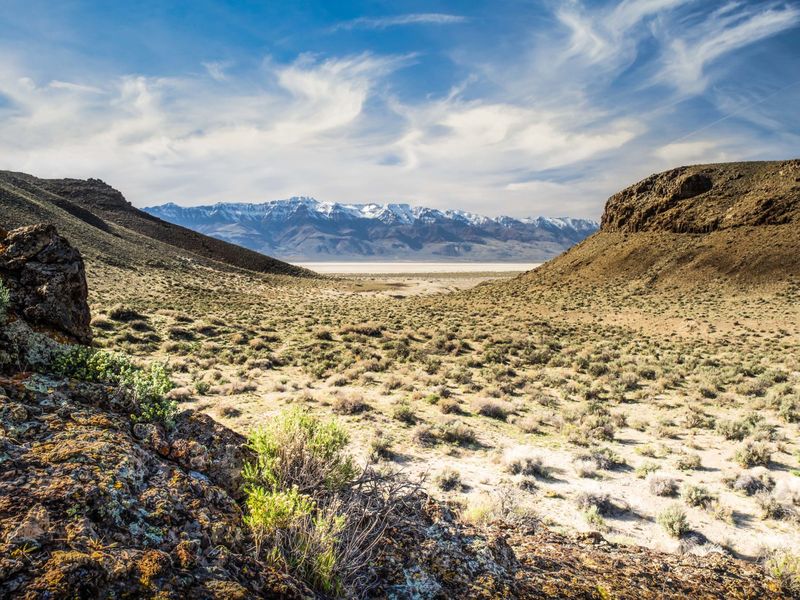
Oregon’s remarkable biodiversity spans coastal shores, dense forests, mountain ranges, and high desert plateaus. These varied landscapes shelter everything from Roosevelt elk to tiny Pacific chorus frogs. Among this wildlife tapestry, scorpions remain relatively unknown residents.
Most Oregonians are surprised to learn these ancient arachnids inhabit their state at all! While not as abundant as in Arizona or Nevada, scorpions have successfully established themselves in specific Oregon regions.
The state’s wildlife continuum demonstrates nature’s incredible adaptability – even scorpions, typically associated with scorching deserts, have found their niche in Oregon’s more moderate climate zones.
How Many Species Of Scorpions Live In Oregon?
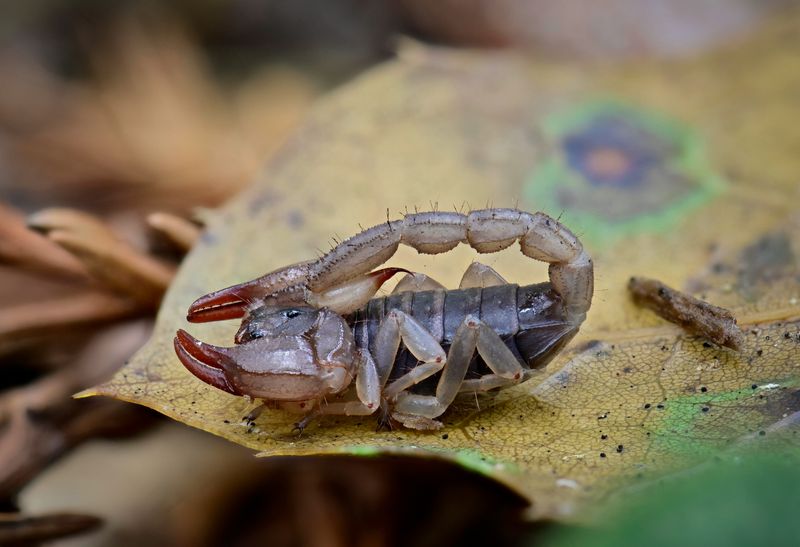
Surprisingly, only two scorpion species have been confirmed in Oregon: the Northern Scorpion (Paruroctonus boreus) and the smaller Forest Scorpion (Uroctonus mordax). This limited diversity contrasts sharply with southwestern states where dozens of species thrive.
The Northern Scorpion, reaching about 2.5 inches long, prefers Oregon’s drier eastern regions. Its pale sandy-yellow coloration helps it blend perfectly with desert terrain.
Forest Scorpions, slightly smaller at 1-1.5 inches, favor western Oregon’s moister environments. Their darker brown bodies provide excellent camouflage among forest debris and rocky outcroppings where they hunt at night.
The Most Common Scorpions Found In Oregon
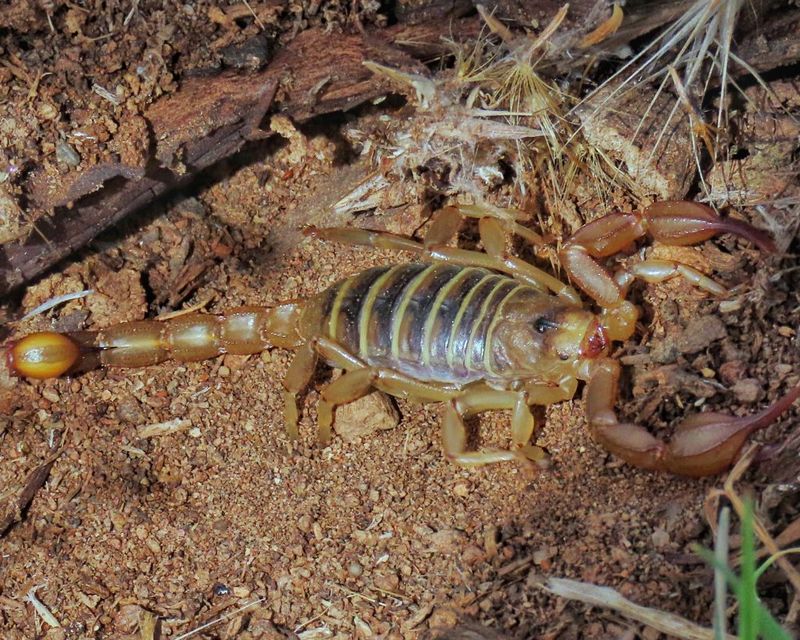
Northern Scorpions claim the title of Oregon’s most frequently encountered scorpion. These hardy creatures have mastered survival in the state’s challenging eastern desert regions where summer temperatures soar and winter brings freezing conditions.
Sporting yellowish-brown bodies with darker markings, Northern Scorpions possess relatively mild venom – about equivalent to a bee sting for most people. They’re nocturnal hunters, emerging after sunset to ambush insects and small invertebrates.
Remarkably adaptable, these scorpions can slow their metabolism during harsh weather, sometimes surviving a year between meals! You’ll typically find them hiding under rocks, logs, or in small burrows throughout Oregon’s high desert.
Are Scorpions Native To Oregon’s Ecosystems?
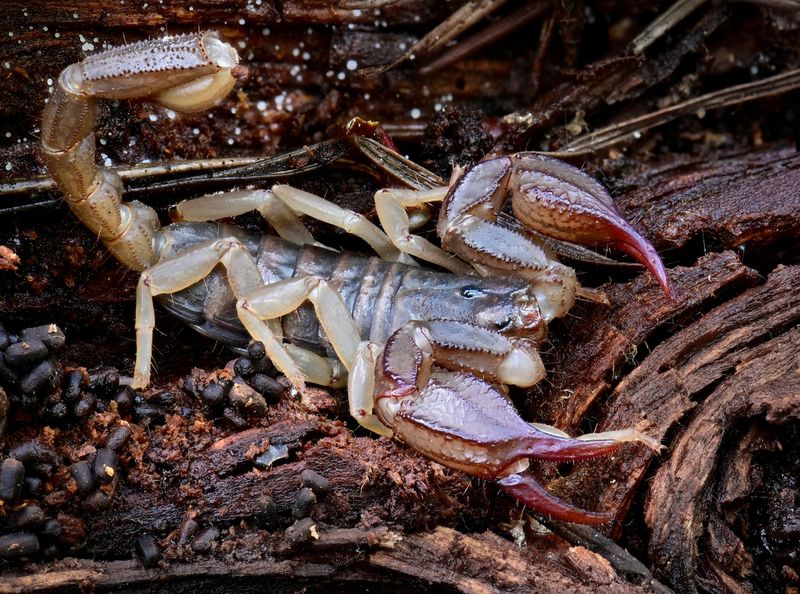
Yes! Both scorpion species found in Oregon are indeed native inhabitants, having evolved alongside the region’s ecosystems for thousands of years. Archaeological evidence suggests scorpions have called Oregon home since long before human settlement.
Rather than recent arrivals, these creatures represent ancient lineages perfectly adapted to their specific ecological niches. The Northern Scorpion’s desert adaptations and the Forest Scorpion’s moisture-loving nature demonstrate specialized evolutionary paths.
Their presence plays a valuable ecological role too – controlling insect populations and serving as food for birds, reptiles, and mammals. Far from being invasive species, Oregon’s scorpions are integral threads in the state’s natural tapestry.
How Scorpions Adapt To Oregon’s Unique Climate
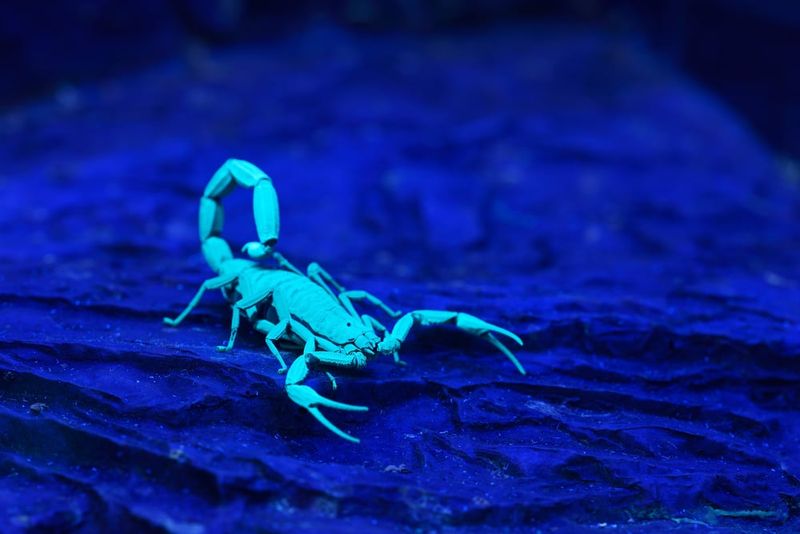
Scorpions’ presence in Oregon showcases remarkable evolutionary ingenuity. Their exoskeletons contain fluorescent compounds that absorb UV light during the day and glow under moonlight – helping regulate body temperature in Oregon’s varying conditions.
During winter months when temperatures plummet, Oregon scorpions enter a hibernation-like state. Their metabolism slows dramatically, allowing them to survive freezing temperatures that would normally kill less-adapted arachnids. Water conservation adaptations prove equally impressive.
Oregon’s desert scorpions extract moisture from their food and possess waxy cuticle layers that minimize evaporation. Meanwhile, Forest Scorpions have evolved slightly different adaptations for western Oregon’s damper environment, including specialized breathing structures.
The Habitat Preferences Of Oregon’s Scorpions
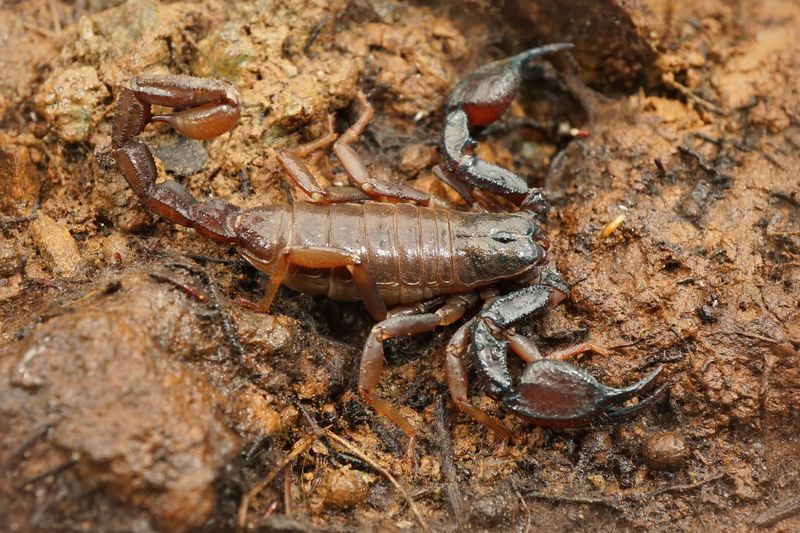
Eastern Oregon’s scorpions favor sun-baked landscapes with sandy or rocky terrain. Look for them among sagebrush communities, juniper woodlands, and high desert plateaus where daytime temperatures can exceed 100°F in summer.
Western Oregon’s Forest Scorpions prefer significantly different surroundings. These moisture-loving arachnids inhabit coastal forests, foothills, and mountain zones with abundant rainfall. They typically shelter beneath rotting logs, leaf litter, or stone piles where humidity remains high.
Both species avoid exposed areas, preferring microhabitats that provide shelter from extreme temperatures and predators. This cryptic lifestyle explains why many Oregonians never encounter scorpions despite living near their habitats – the creatures remain hidden in protective niches.
Where To Find Scorpions In Oregon’s Desert Regions
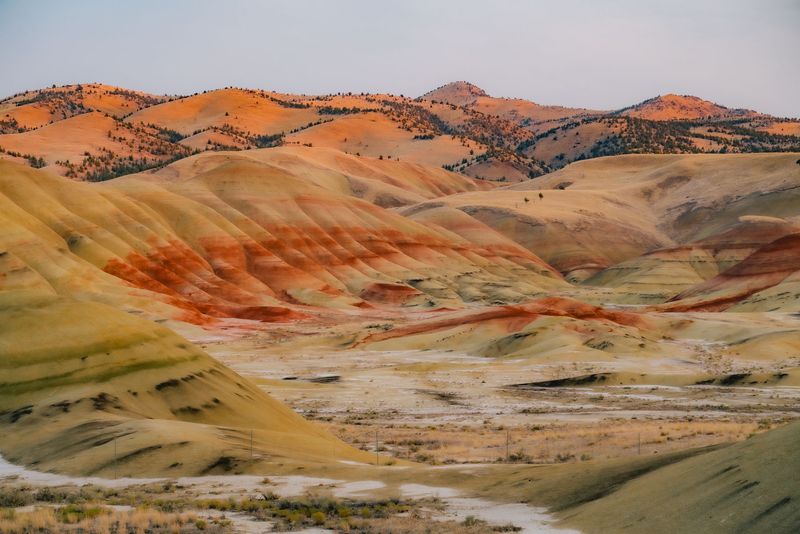
The John Day Fossil Beds National Monument represents prime scorpion territory with its painted hills and rugged terrain. Northern Scorpions thrive among the monument’s colorful badlands, especially in the Clarno Unit where exposed rock formations provide perfect hiding spots.
Alvord Desert near Steens Mountain offers another scorpion hotspot. This remote playa receives minimal rainfall, creating ideal conditions for desert-adapted scorpions. Nighttime explorers using UV flashlights might spot their fluorescent glow among scattered rocks.
Christmas Valley’s sand dunes harbor healthy scorpion populations too. The combination of sandy substrate for burrowing and scattered vegetation for hunting grounds creates an ideal habitat where careful observers can find these fascinating creatures.
The Best Places To Spot Scorpions In Oregon’s Wilderness
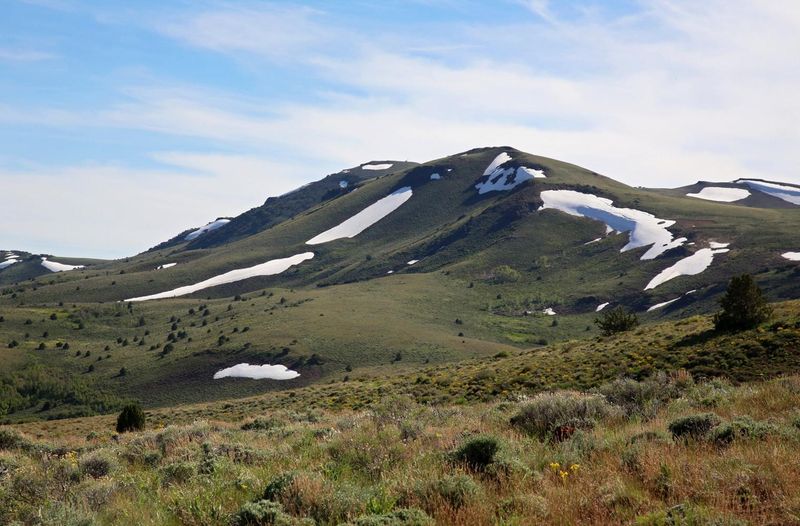
Hart Mountain National Antelope Refuge offers exceptional scorpion-spotting opportunities. The refuge’s varied terrain – from sagebrush flats to rugged cliffs – supports healthy Northern Scorpion populations, especially along the eastern escarpment where rock outcroppings provide perfect shelter.
Lake County’s arid landscapes rank among Oregon’s most reliable scorpion habitats. Fort Rock and Crack-in-the-Ground – ancient volcanic features – create unique microenvironments where scorpions thrive in the numerous crevices and protected spaces.
For Forest Scorpion enthusiasts, the Coast Range foothills present better opportunities. Areas like McDonald-Dunn Forest near Corvallis or Tillamook State Forest contain ideal habitat – just carefully turn over logs or stones during daytime hours (replacing them exactly as found).
Are Scorpions Common In Oregon’s Urban Areas?
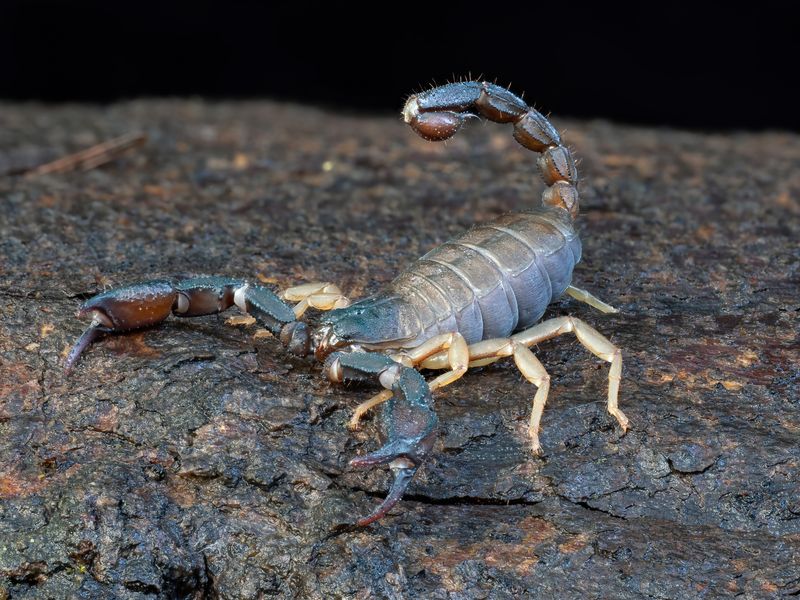
Scorpions rarely establish themselves in Oregon’s major urban centers like Portland, Eugene or Salem. The cooler, wetter climate combined with extensive human development creates unfavorable conditions for these arachnids.
However, smaller eastern Oregon communities like Bend, Burns, and Ontario occasionally report scorpion encounters, especially in newer developments built on former desert habitat. Homes near natural areas or undeveloped lots have higher chances of scorpion visitors – particularly during hot, dry periods when they seek moisture.
Even in these areas, indoor sightings remain uncommon. Most urban encounters happen in yards, garages, or basements where scorpions follow prey insects.
Simple preventative measures like sealing cracks and removing woodpiles near buildings dramatically reduce the already slim chances of finding scorpions indoors.
What To Do If You Encounter A Scorpion In Oregon
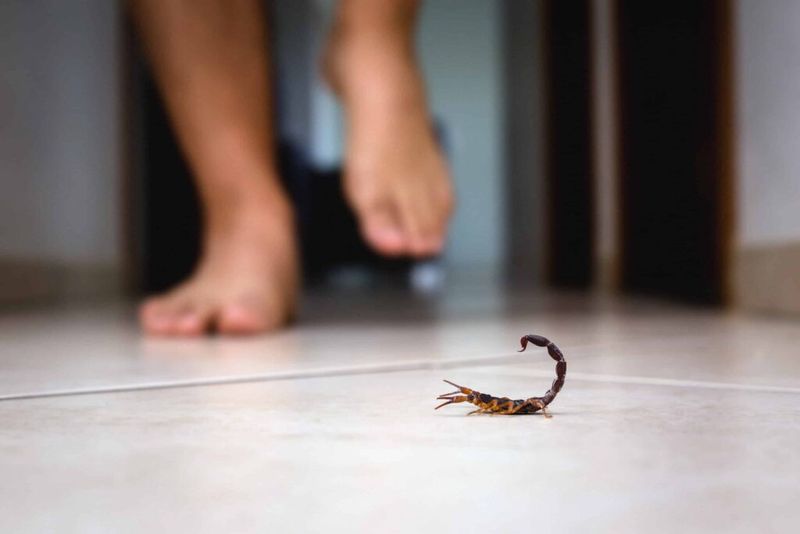
First, remain calm! Oregon’s scorpion species possess relatively mild venom – painful but rarely dangerous except to those with specific allergies. Simply observe from a safe distance, allowing the scorpion to retreat on its own.
For indoor encounters, capture and release methods work best. Place a container over the scorpion, slide thin cardboard underneath, then release it outdoors away from your home. Avoid handling directly – even with gloves – as their small size makes them difficult to grasp safely.
If someone experiences a scorpion sting, clean the area with soap and water, apply a cold compress to reduce swelling, and monitor for unusual reactions. Medical attention becomes necessary only if severe symptoms develop – extremely rare with Oregon’s native species.






